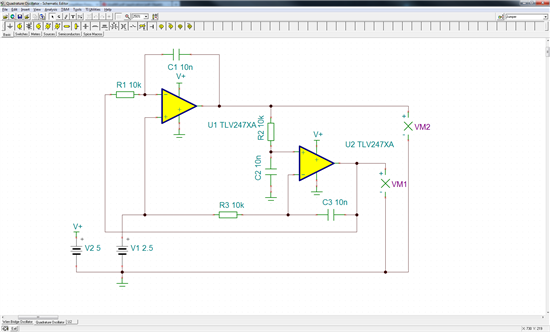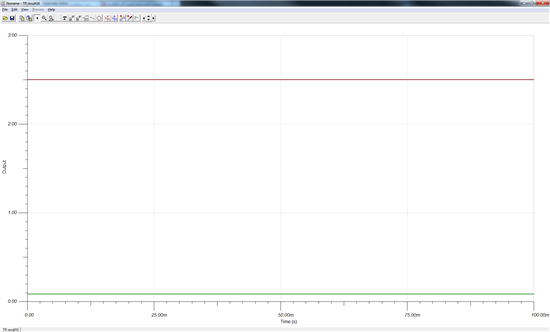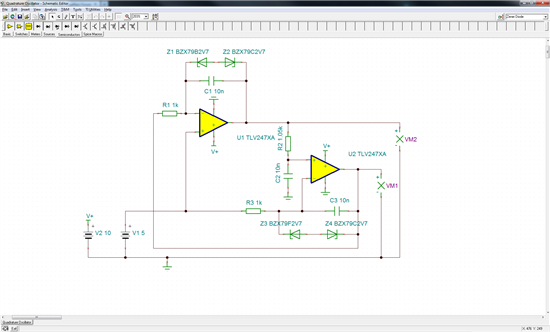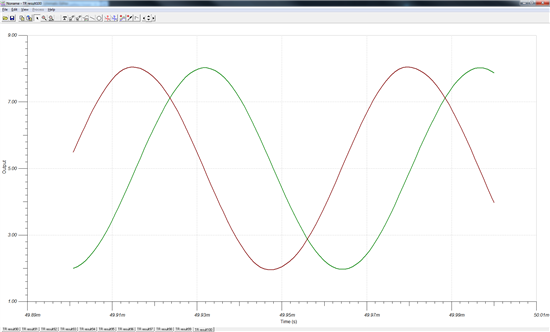I am trying to simulate the schematic given in Application Report SLOA060 page 19, figure 20 with TINA-TI but I can't achieve oscillation at all.
This is the TINA-TI schematic I made:
And these are the results of a transient simulation:
I have just started using TINA-TI and would appreciate any help you could give.





